Artist Palette.
The Thing That Holds Your Paint.
Discover how choosing the right artist palette can make your work even better.
On the surface, an artist palette may not appear to be an important tool.
BUT. Sometimes having a decent one can be part of the success of a painting. The palette you choose can help you mix colour effectively and give you room to "move" & organise your colour.
Your palette can be made out of all sorts of things; as examples - MDF, masonite or perspex. You'll notice I did not mention small plastic plates and ice cream container lids (or worse, margarine container lids). God forbid.

Each of these materials have pros and cons.
MDF is quite light, cheap and easy to shape.
You can, if the mood takes, cut yourself one of those lovely cliched artist palettes, complete with a hole for your thumb. The downside with it is that the dust while cutting it, is not good for you. Also it is very porous and absorbent, and will suck all the moisture out of your paint.
A quick couple of coats of acrylic paint to seal it will solve that problem.

Masonite is a similar product, but is heavier and harder to shape. The weight is important. If you are standing for long hours in front of a canvas with a reasonable sized palette laden with paint, it will get heavy fairly quickly. It will also need a couple of coats of sealer, and don't breathe in the dust. No good on a sandwich either.
Perspex is another alternative. It can be difficult to shape. It's very annoying when you're three quarters of the way through making the perfect artist palette and it cracks right through the middle.
Another difficult thing with perspex is that it isn't porous at all. This creates problems when you have a thin layer of paint on the surface, and you try and mix more colour over the top. The old paint will slide off the perspex and roll up into weird and nasty little lumps, which you then spread all over your painting. Bum.
A simple solution is to give the perspex a light sand before you use it. This won't stop the problem entirely, but might slow it down enough for you to get three or four solid layers down.

You should consider that your artist palette will reflect your style of painting. If you are interested in throwing huge amounts of paint around, then perhaps a dining room table will make a better palette than an ice cream container lid.
Alternatively if you are doing tiny & intricate paintings, then I s'pose, I mean I guess it's alright that you use an ice cream container lid…….(just don't show it to me. The palette that is. I do want to see your paintings!).
A large palette not only allows you to put out lots and lots of paint, but it also means you've got a huge working area. This is a great thing if you're doing complicated gradations of colour, and need to mix pigment quickly. There is nothing more frustrating than trying to mix a colour and having a palette which is already "full". Especially when you're caught up in the moment. It's very distracting.
The other bonus with a large palette is that it is harder to accidentally pollute colours. It's easier to avoid dragging your brush through a previously mixed colour when you have plenty of room.
Of course, dragging a large palette with you while painting outdoors (plein air) can be a general pain in the neck. Another downside with a large palette is the tendency to waste a lot of paint. There are two things I can say about that. There are some strategies you can use to "keep" your paint mobile (workable) on the palette for reasonable periods of time.
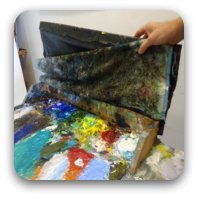
I have built a frame over the area where I keep my paints. I have a piece of plastic and a towel which I dampen and which folds over the frame. This keeps the paint mobile, and the damp towel out of the paint.
The other possibility is….you waste some paint. The question is though, are you interested in saving paint? Or making paintings? There is a trade off. Up to you to decide.
Spend a bit of time thinking about what sort of work you want to do, and how best your artist palette can support you.
My advice is to have several. That way you're covered.

Back to Explore Acrylic Painting Home Page


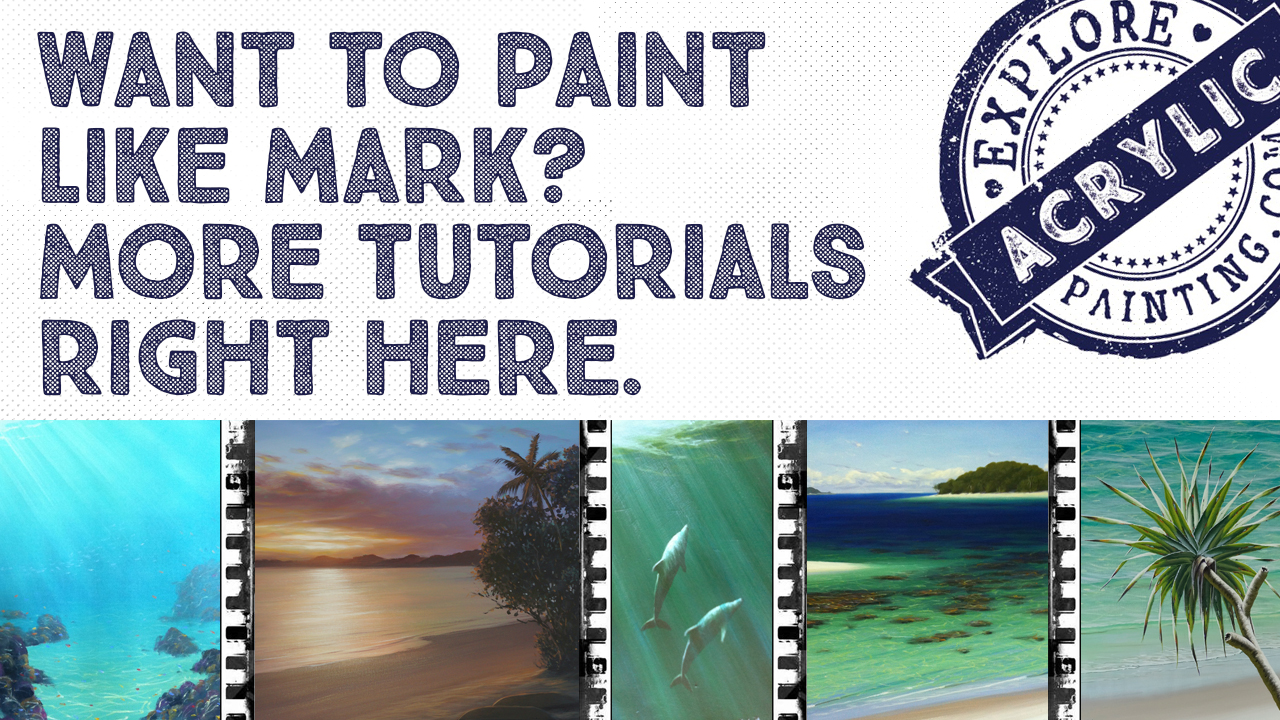

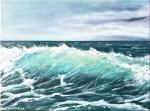

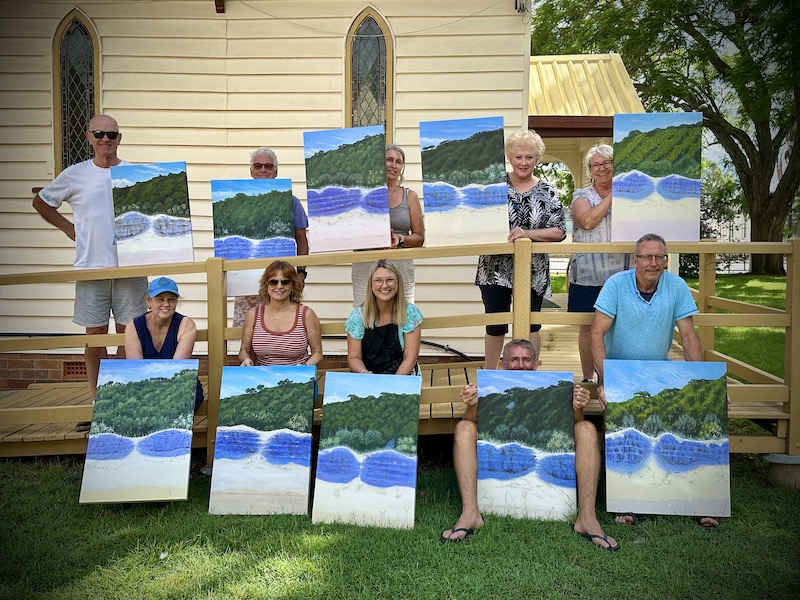







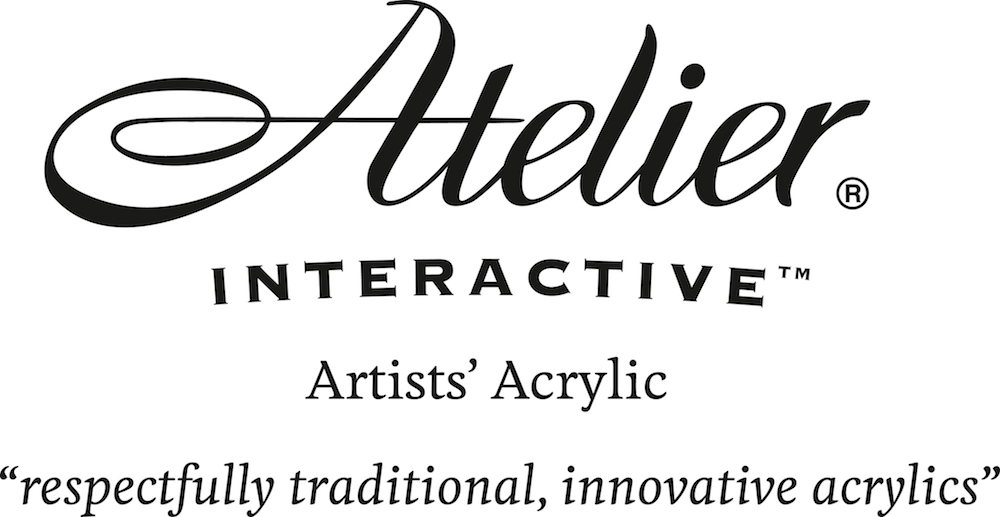


New! Comments
Have your say about what you just read! Leave me a comment in the box below.